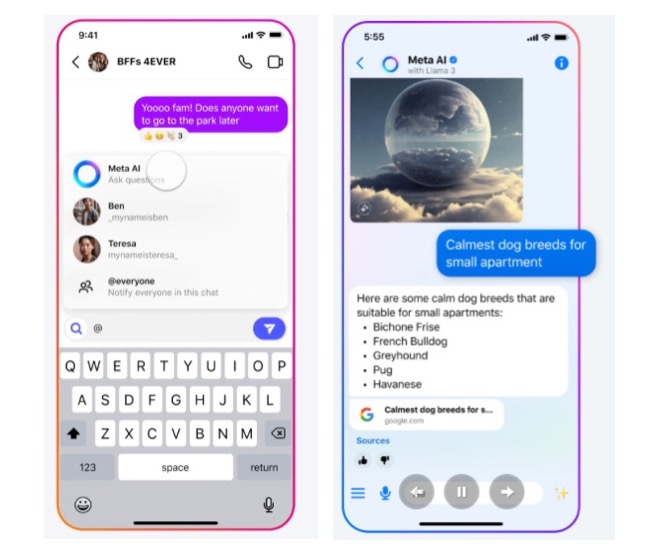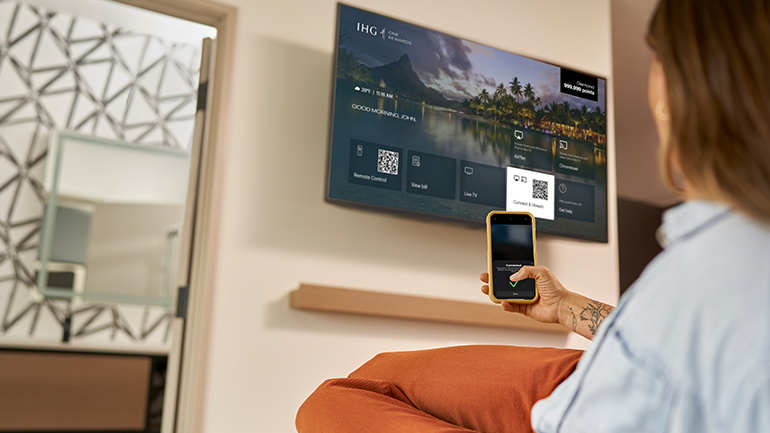
OpenAI Unveils GPT-4, Set to Power Duolingo Max, Khan Academy

Image: OpenAI
OpenAI today debuted GPT-4, the latest iteration of the large language model that underpins the company’s wildly popular AI chatbot, ChatGPT.
“GPT-4 can solve difficult problems with greater accuracy, thanks to its broader general knowledge and problem solving abilities,” said OpenAI.
According to OpenAI, GPT-4 is “more creative and collaborative than ever before.” It is capable of generating, editing, and iterating creative content with users, from composing songs and writing screenplays to even learning a user’s writing style. What’s more, GPT-4 brings a much higher text limit of 25,000 words (as opposed to just 3,000 for ChatGPT).
Arguably the most significant advancement GPT-4 makes, however, is visual data processing. Unlike its predecessors, GPT-4 can understand images, and users can even interact with the system using visual inputs such as pictures.

Image: OpenAI
OpenAI claims that GPT-4 has more advanced reasoning capabilities than ChatGPT, outperforms the latter in standardized tests, and, perhaps more importantly, is much safer.
“We spent 6 months making GPT-4 safer and more aligned. GPT-4 is 82% less likely to respond to requests for disallowed content and 40% more likely to produce factual responses than GPT-3.5 on our internal evaluations,” said OpenAI.
The company achieved this by incorporating more human feedback into the development of GPT-4, including feedback submitted by ChatGPT users. During development, OpenAI also worked with 50 experts in domains including AI safety and security.
That said, OpenAI cautioned that even GPT-4 remains susceptible to “hallucinations,” much like ChatGPT.
“GPT-4 still has many known limitations that we are working to address, such as social biases, hallucinations, and adversarial prompts,” the company noted. “We encourage and facilitate transparency, user education, and wider AI literacy as society adopts these models. We also aim to expand the avenues of input people have in shaping our models.”
While OpenAI didn’t officially unveil GPT-4 until today, it has apparently been powering Microsoft’s “new Bing” chatbot for a while now, according to TechCrunch.
Other early adopters of GPT-4 include Duolingo, which is using the model to power its new “Duolingo Max” subscription tier, Khan Academy, which is building GPT-4 into “every student’s customized tutor,” and Be My Eyes, an assistance app for the visually impaired.
In addition, Morgan Stanley and Stripe are also using GPT-4, and it’s even being used by the government of Iceland to preserve the country’s language.
GPT-4 is available now on ChatGPT Plus (a paid version of the popular AI chatbot) and as an API for developers, who can use it to build applications and services. You can click here to try GPT-4 on ChatGPT Plus, or click here to join the API waitlist.

